The Australian retail landscape is undergoing a seismic shift as the federal government's ambitious "Plastic-Free Packaging" legislation begins to reshape industry practices. What began as murmurs of environmental responsibility in corporate boardrooms has erupted into a full-scale operational revolution, forcing retailers to rethink everything from supply chains to customer engagement strategies. The legislation, which phases out single-use plastic packaging by 2025 with stringent intermediate targets, represents more than regulatory compliance—it's fundamentally altering how Australians shop and how businesses operate.
Walking through Melbourne's Bourke Street Mall these days reveals a retail transformation in progress. Department stores that once wrapped every purchase in layers of crinkly plastic now offer minimalist paper sleeves or reusable fabric bags. Supermarket giants Woolworths and Coles have introduced "bring-your-own-container" stations for deli items and liquids, while boutique cosmetic brands showcase products in compostable seaweed-based packaging. This visible change represents just the tip of the iceberg in an industry scrambling to adapt to what many are calling the most disruptive packaging mandate in Australian retail history.
The human dimension of this transition emerges in conversations with shop owners across the country. In Adelaide's Central Market, third-generation greengrocer Marco Bertoni recounts his family's struggle to source affordable biodegradable netting for citrus fruits. "We tried five suppliers before finding one that didn't triple our packaging costs," he says, wiping his hands on a hemp apron. Meanwhile, in a Sydney design studio, packaging engineer Lina Cho describes working 80-hour weeks to develop home-compostable blister packs for electronics. "The chemistry is completely different from petroleum plastics," she explains, surrounded by prototypes. "We're essentially inventing a new materials science."
Supply chain specialists report unprecedented challenges as retailers audit every packaging component down to adhesive labels and ink formulations. The legislation's strict definitions—banning not just obvious plastic films but also plastic-coated papers and biodegradable plastics that don't meet specific composting standards—have created a compliance maze. Major retailers have established dedicated packaging innovation teams, while smaller businesses rely on industry associations to interpret the complex requirements. The Australian Packaging Covenant Organization has seen membership surge 300% since the legislation was announced, as companies seek guidance in this new operational landscape.
Consumer behavior is evolving in unexpected ways alongside these industry changes. Early resistance to bringing reusable containers has given way to what sociologists term "packaging pride"—a cultural shift where shoppers display their zero-waste kits as status symbols. Cafés report customers lingering longer as they carefully fold reusable cup sleeves, while butchers note customers bringing family heirloom tins for meat purchases. This behavioral adaptation hasn't been seamless; security concerns prompted one Brisbane mall to install "container check" stations after shoplifting incidents involving reusable bags. Yet overall, the public appears to be embracing the change with surprising enthusiasm.
The economic ramifications ripple far beyond retail floors. Australian packaging manufacturers report investing millions in retooling factories for compostable material production, while traditional plastic film producers face existential threats. Some have pivoted to recycling infrastructure, others to developing next-generation biomaterials. The legislation includes substantial penalties for non-compliance—up to $110,000 for corporations and $22,000 for individuals—creating a robust enforcement mechanism that has left no sector untouched. Even e-commerce giants like Amazon Australia have overhauled fulfillment center operations, replacing air pillows with mushroom-based padding and plastic tape with starch-based adhesives.
Perhaps the most profound impact lies in how this legislation has repositioned Australian retail on the global stage. International brands entering the market must now meet these stringent standards, creating what industry analysts call a "green filter" for market entry. Luxury brands particularly face challenges, as traditional lavish plastic packaging collides with the new regulations. Some have turned this constraint into innovative branding—one French cosmetics company now ships products in edible rice paper wrappers printed with gold leaf, creating viral unboxing moments that align perfectly with Instagram culture.
As the 2025 deadline approaches, the retail sector's adaptation continues to accelerate. What began as a regulatory requirement has blossomed into a competitive differentiator, with stores prominently advertising their plastic-free credentials. The legislation has effectively created a new dimension in retail marketing, where packaging innovation becomes as much a selling point as product quality. In this transformed marketplace, the wrapping is no longer just a container—it's a statement, a challenge, and for many Australian retailers, the most visible symbol of their commitment to a sustainable future.
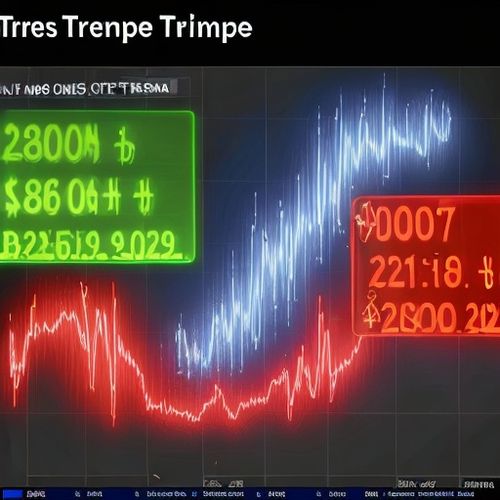
By Sarah Davis/Apr 7, 2025

By Samuel Cooper/Apr 7, 2025
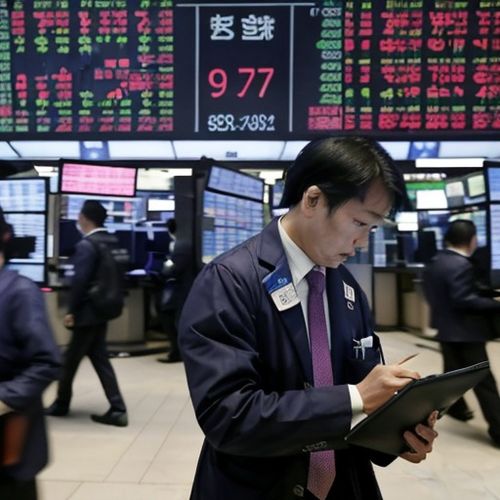
By Grace Cox/Apr 7, 2025
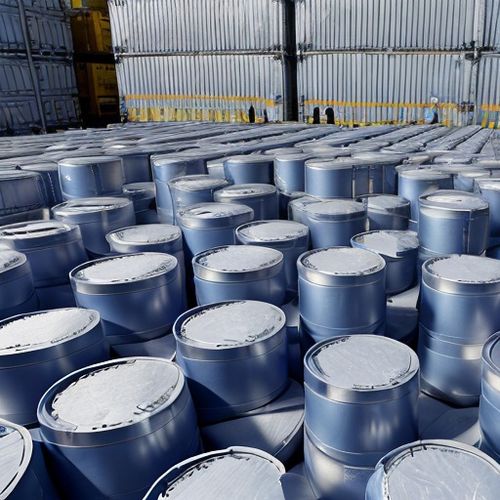
By Thomas Roberts/Apr 7, 2025

By Olivia Reed/Apr 7, 2025

By Daniel Scott/Apr 7, 2025

By Megan Clark/Apr 7, 2025

By Samuel Cooper/Apr 7, 2025
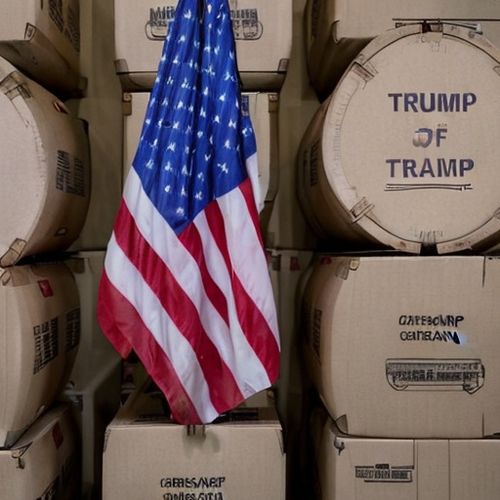
By William Miller/Apr 7, 2025

By John Smith/Apr 7, 2025

By Samuel Cooper/Apr 6, 2025
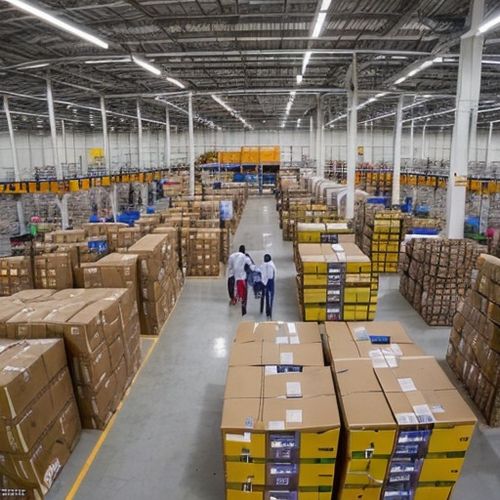
By Lily Simpson/Apr 6, 2025
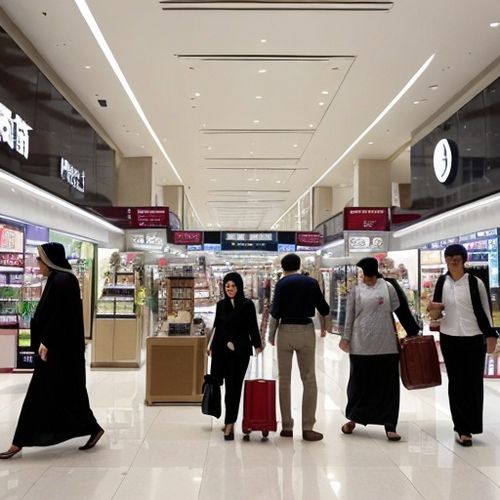
By Daniel Scott/Apr 6, 2025
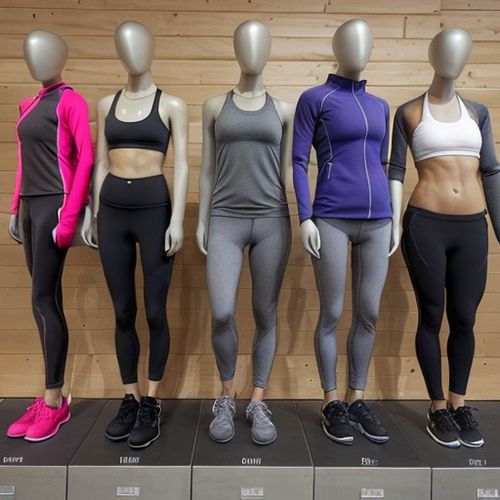
By Grace Cox/Apr 6, 2025

By Olivia Reed/Apr 6, 2025
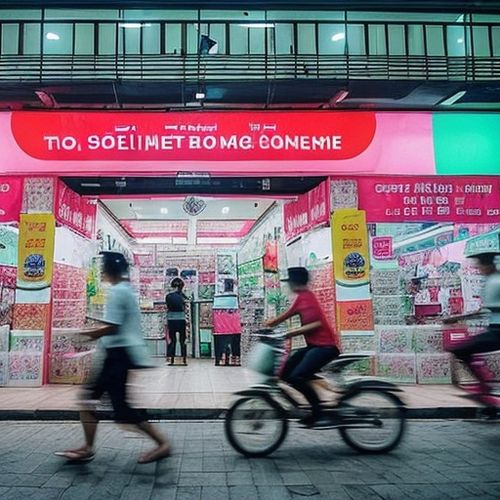
By Emma Thompson/Apr 6, 2025
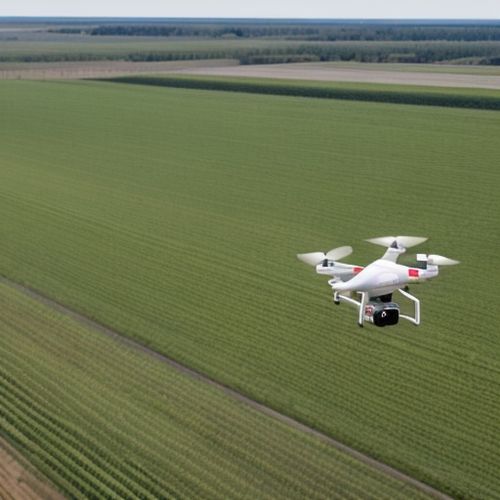
By Rebecca Stewart/Apr 6, 2025